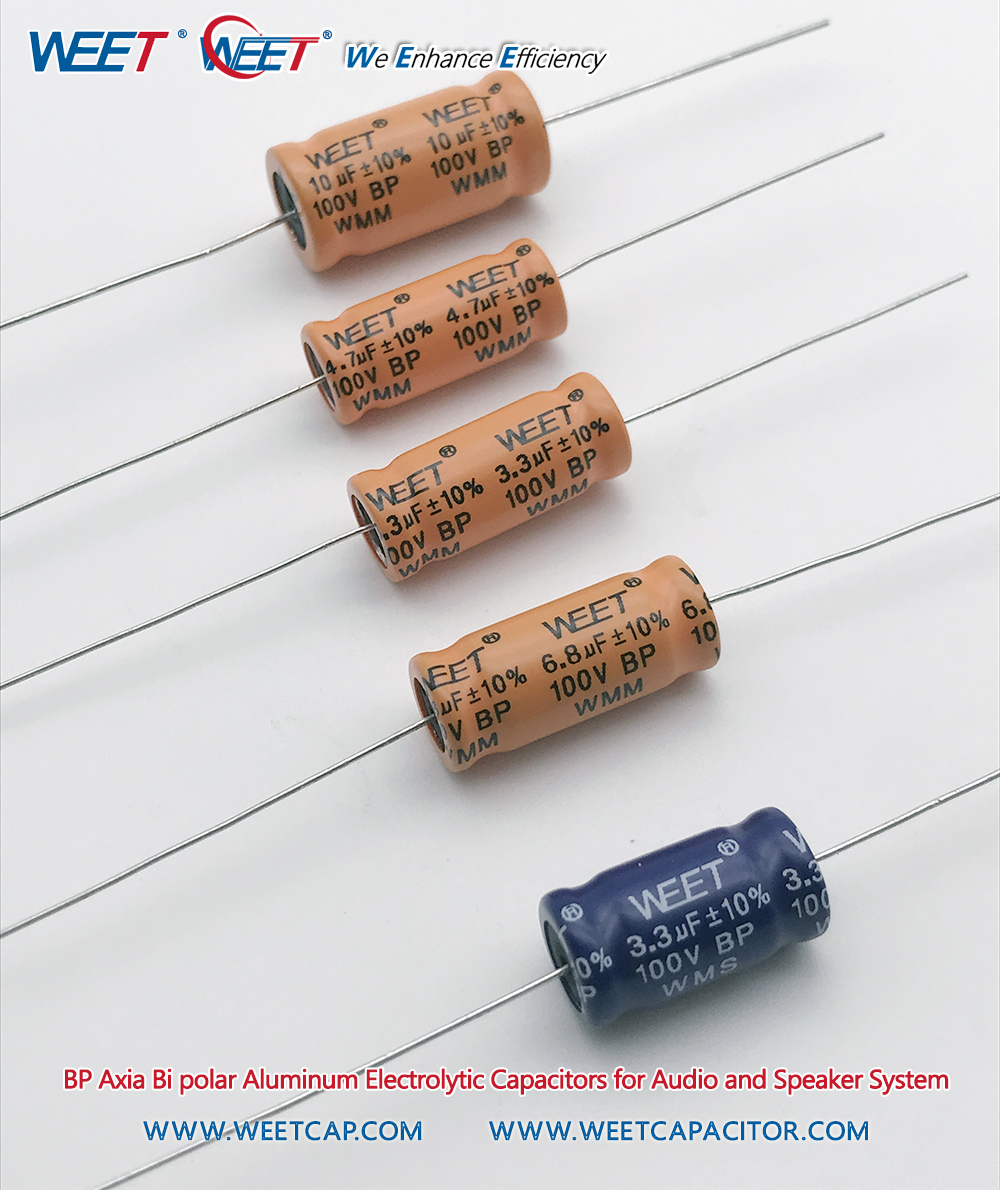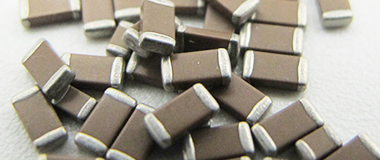We know that electrolytic capacitors are generally divided into polar and non-polar ones, but sometimes the non-polar ones are also called bipolar electrolytic capacitors, and the polar ones are the positive and negative ones. Generally, the positive electrode of electrolytic capacitors is composed of oxide film metal substrate materials,
The negative end is composed of electrolyte and positive metal; For the non-polar electrolytic capacitor, it can be understood as a capacitor formed by directly connecting two cathode or anode of the electrolytic capacitor in series. This kind of capacitor is characterized by no difference between positive and negative, but ordinary capacitors.
We usually see the most polar electrolytic capacitor, which is generally used for filtering, coupling, etc. in the power circuit.
WEET audio capacitor, the above table has its brand, bipolar, withstand voltage value of 50V, operating temperature of - 40 ℃ to 85 ℃, and some better operating temperature of 105 ℃.
Vishay Sprague, Philips, WIMA, etc. are more famous in terms of audio capacitance
What is the function of non-polar electrolytic capacitor?
The principle of non polarity is the same as that of polarity, but its structure, medium and performance are different. However, it plays a very important role in the sound system. We all require the sound system to have high sound quality, high definition and good fidelity. Therefore, the non polarity electrolytic capacitor plays an important role.
There is a frequency divider in the stereo. Our high and low frequencies are sent out through the frequency divider. The audio divider can divide the sound signal into different frequency bands. If this frequency band is needed, it will filter out that frequency band to ensure the high fidelity output signal,
Therefore, for a sound system, the sound quality of the frequency divider directly determines the sound quality. Therefore, the electrolytic capacitor in some sound systems with good sound quality must be used best.








